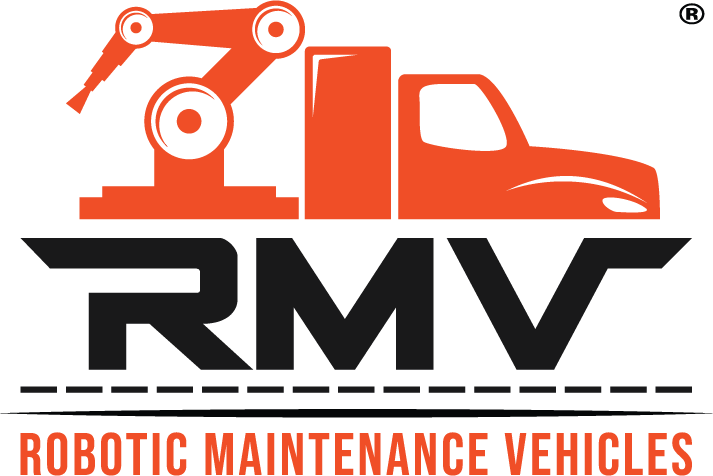Tips for Unleashing the Full Potential of RMV’s Robotic Crack Sealer
In the ever-evolving landscape of road maintenance, RMV’s Robotic Crack Sealer has emerged as a game-changer – promising not only efficiency but also a significant reduction in long-term maintenance costs. To ensure that users harness the full potential of this innovative technology, adopting a strategic approach is crucial.
1. Regular Maintenance Checks: The Backbone of Efficiency
Just like any high-performance machinery, the robotic crack sealer operates optimally when it’s well-maintained. Regularly inspect the equipment for wear and tear, ensuring that all components are in top-notch condition. Replace any damaged or worn parts promptly to prevent disruptions in operation and maintain peak efficiency.
2. Customize Your Approach: Tailor the Settings to Your Needs
RMV’s Robotic Crack Sealer is designed for versatility. Take advantage of customizable settings to tailor the equipment’s operation to the specific requirements of each road maintenance project. Adjust the application rate, temperature, and sealing width to match the unique characteristics of the road surface – ensuring optimal results every time.
3. Optimize Crack Detection Algorithms: Precision is Key
The efficiency of robotic crack sealing begins with accurate crack detection. Familiarize yourself with the crack detection algorithms integrated into the system. Regularly update the software to access the latest advancements in AI and machine learning, ensuring that the robotic crack sealer identifies and addresses cracks with unparalleled precision.
4. Strategic Planning: Prioritize High-Traffic Areas
Efficiency is not just about speed; it’s also about deploying resources strategically. Identify high-traffic areas that require immediate attention and prioritize them in your maintenance schedule. By focusing on areas with the greatest need, you not only enhance road safety but also maximize the impact of the robotic crack sealer.
5. Invest in Operator Training: Knowledge is Power
A well-trained operator is the linchpin of efficient robotic crack sealing. Invest in comprehensive training programs to ensure that operators are proficient in the use of the equipment. This includes understanding the software, troubleshooting common issues, and implementing best practices. A skilled operator can significantly contribute to the overall efficiency of the road maintenance process.
6. Weather Considerations: Timing is Everything
While robotic crack sealing is designed to operate in various weather conditions, timing remains crucial. Plan your maintenance activities to coincide with optimal weather conditions for crack sealing.
7. Data-Driven Decision Making: Leverage Analytics
RMV’s Robotic Crack Sealer is equipped with advanced analytics capabilities. Leverage the data generated during operations to make informed decisions. Analyze performance metrics, identify trends, and use the insights gained to continuously refine your maintenance strategies. Data-driven decision-making is a powerful tool for enhancing efficiency and reducing long-term costs.
In the realm of road maintenance, efficiency is not just a goal; it’s a necessity. By incorporating these tips and best practices into your maintenance routine, you can unlock the full potential of RMV’s Robotic Crack Sealer. Regular maintenance, customization, precision in crack detection, strategic planning, operator training, weather considerations, and data-driven decision-making collectively contribute to a seamless and highly efficient road maintenance process. As you implement these strategies, you’ll not only extend the lifespan of the road infrastructure but also experience the true benefits of this innovative robotic technology.
